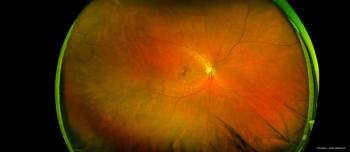
Scanning laser ophthalmoscopy offers improved view of posterior segment.
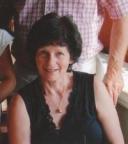
Lynda Charters Enoch started her early “eye life” at the Schepens Eye Research Institute, Boston, which ultimately culminated in her current position as an Editor of Ophthalmology Times.

Scanning laser ophthalmoscopy offers improved view of posterior segment.

Approval may inspire increased vaccination effort.
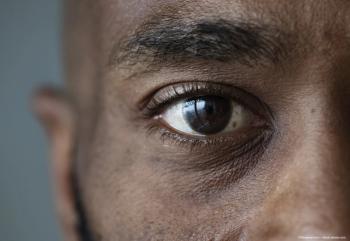
Findings from the Archway trial showed that the PDS effect is long-lasting, consistent, and comparable to those seen with monthly injections.
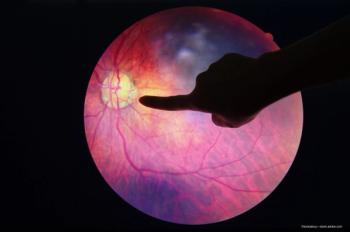
Visual benefit is not seen during first 2 years of Protocol W study.
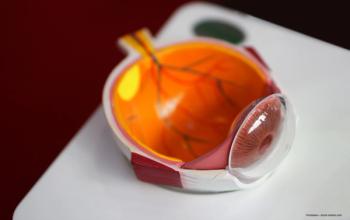
Dexamethasone implant, aflibercept offer a safe treatment option for diabetic macular edema.
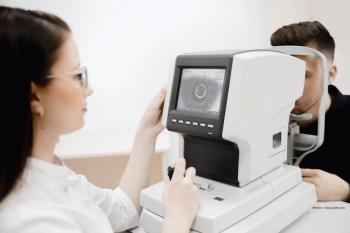
Results may represent a retinal degenerative change.

The EURETINA 2021 Virtual Meeting is scheduled for September 9 to 12, 2021, and retina specialists eagerly await the showcase of cutting-edge scientific developments.

Investigators have found that 78% of neovascular AMD cases have been detected using the PHP home monitoring system.
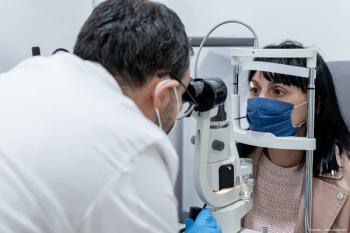
A team of investigators found that the retina may offer signs of COVID-19 infection before symptoms present.

Trial shows treatment has acceptable safety profile, may improve visual function.
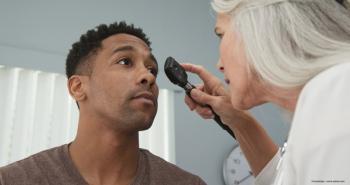
AAO develops task forces to evaluate academy, review outcomes in ophthalmology.
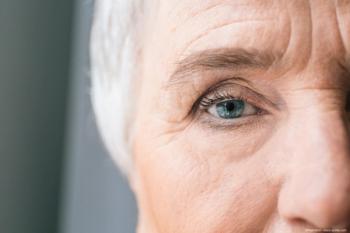
Physicians should hospitalize ON patients to prevent blindness, possible death.
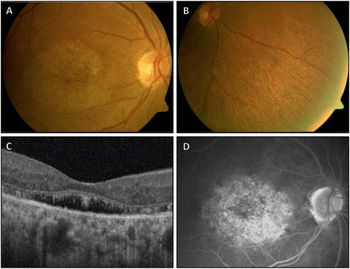
Structural photoreceptor abnormalities and an area of central sparing found.
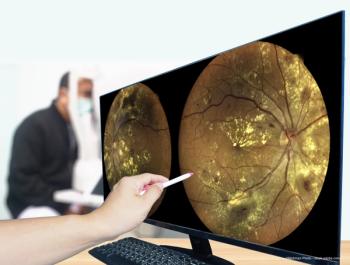
Deep learning predictions of the retinal nerve fiber layer thickness based solely on fundus photographs can be used to monitor the risk of future glaucomatous conversion in glaucoma suspects.
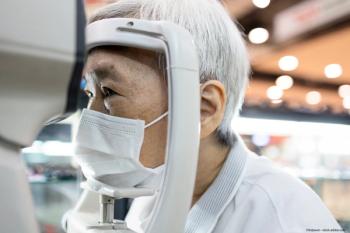
Clues to diagnosis from patient and family histories, examination techniques.

In a study, a single intravitreal injection of ADVM-022 had a 99% reduction in the mean annualized frequency of anti-VEGF injections.
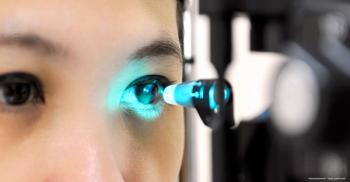
Investigators corroborate the hypothesis that retinal ganglion cells with dendrites stratified in the off sublaminae could be damaged.
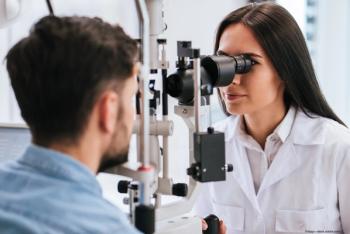
In endophthalmitis, the systemic anti-infective treatment specific to the infectious agent should always be used.
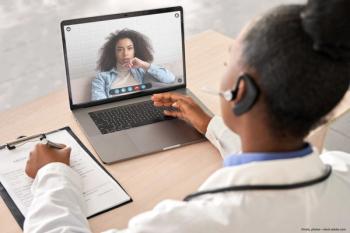
Amid pandemic, physicians and patients have embraced remote technology.
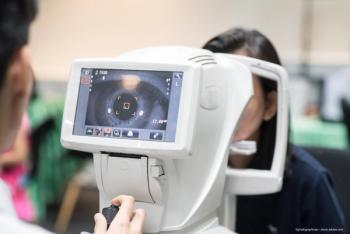
Measures of inflammation can predict treatment outcomes for patients

An updated PDS procedure reduces complications.

RGX-314 eyed by investigators as a therapeutic option for exudative AMD.

Preexisting neutralizing antibodies associated with the inflammatory changes.

Investigators at Mount Sinai report that ocular cells may be infected directly by the virus, with the limbus especially susceptible.
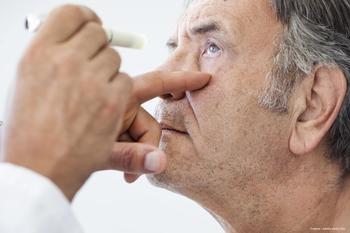
Study results show that aflibercept-treated eyes are protected.

Study results show the device offers an effective long-term option for patients.

Mark Pennesi, MD, PhD, reports during ARVO 2021 that preliminary results have shown that AGTC-401 and AGTC-402 seem safe and well tolerated in patients with ACHM.
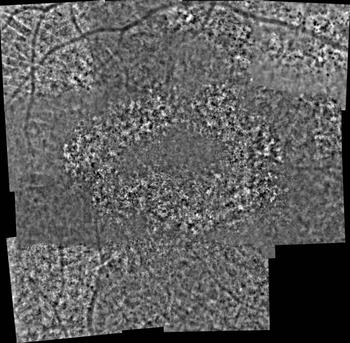
In a presentation at ARVO, Friederike Kortuem, MD, MSc, explains that treatment with voretigene neparvovec-rzyl led to a short-term change in the foveal morphology in a patient with visual impairment that included nyctalopia and decreased visual acuity in early childhood.
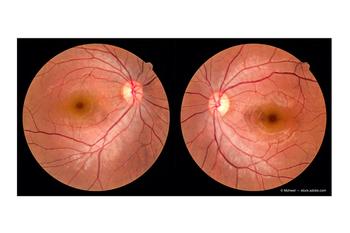
Clinicians' knowledge of the epidemiology, natural history, causal mechanisms, and treatments for diabetic retinopathy (DR) has evolved dramatically over recent decades.

In a clinical trial, investigators used an adeno-associated viral vector to deliver a normal functioning copy of the RPGR gene via subretinal injection.